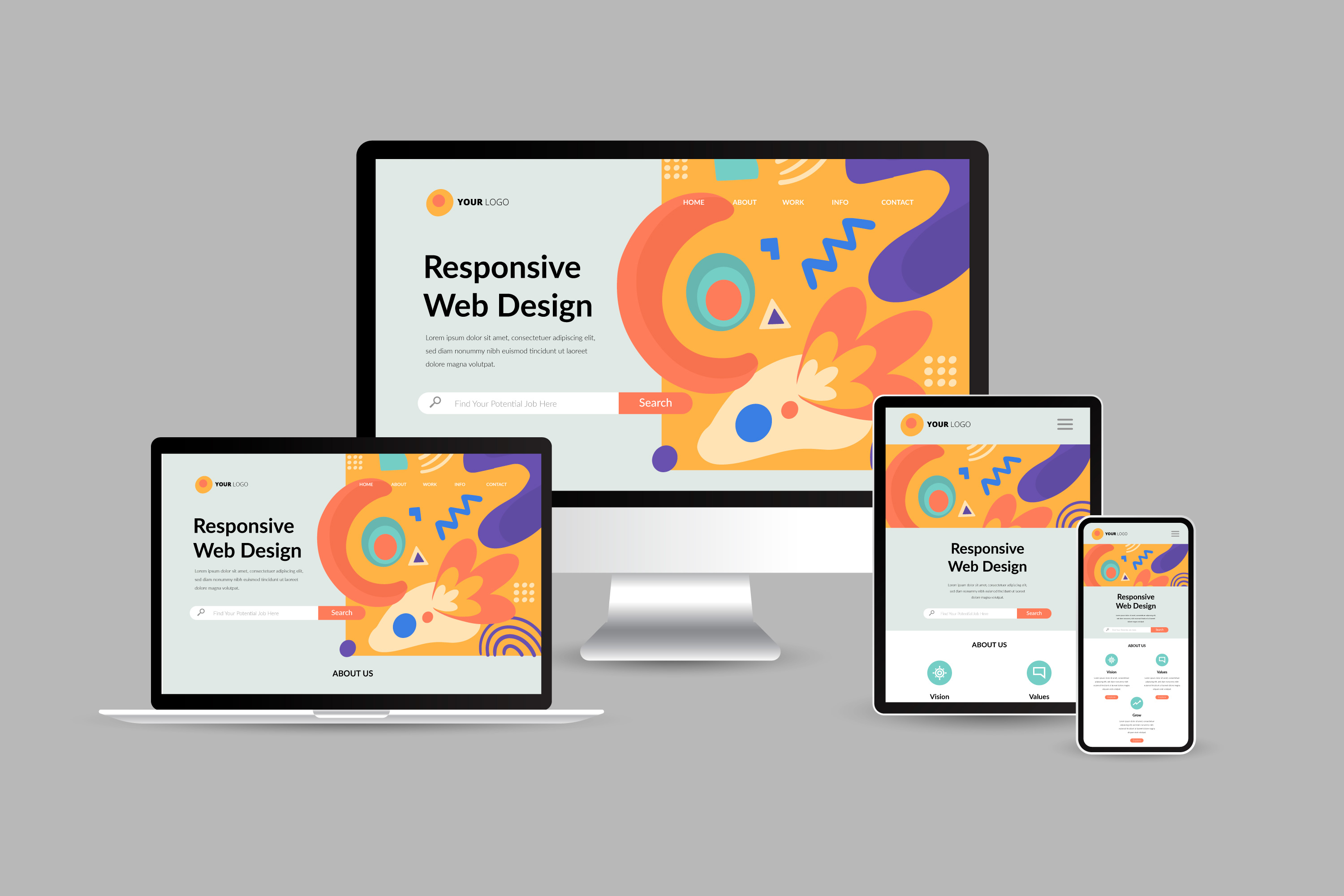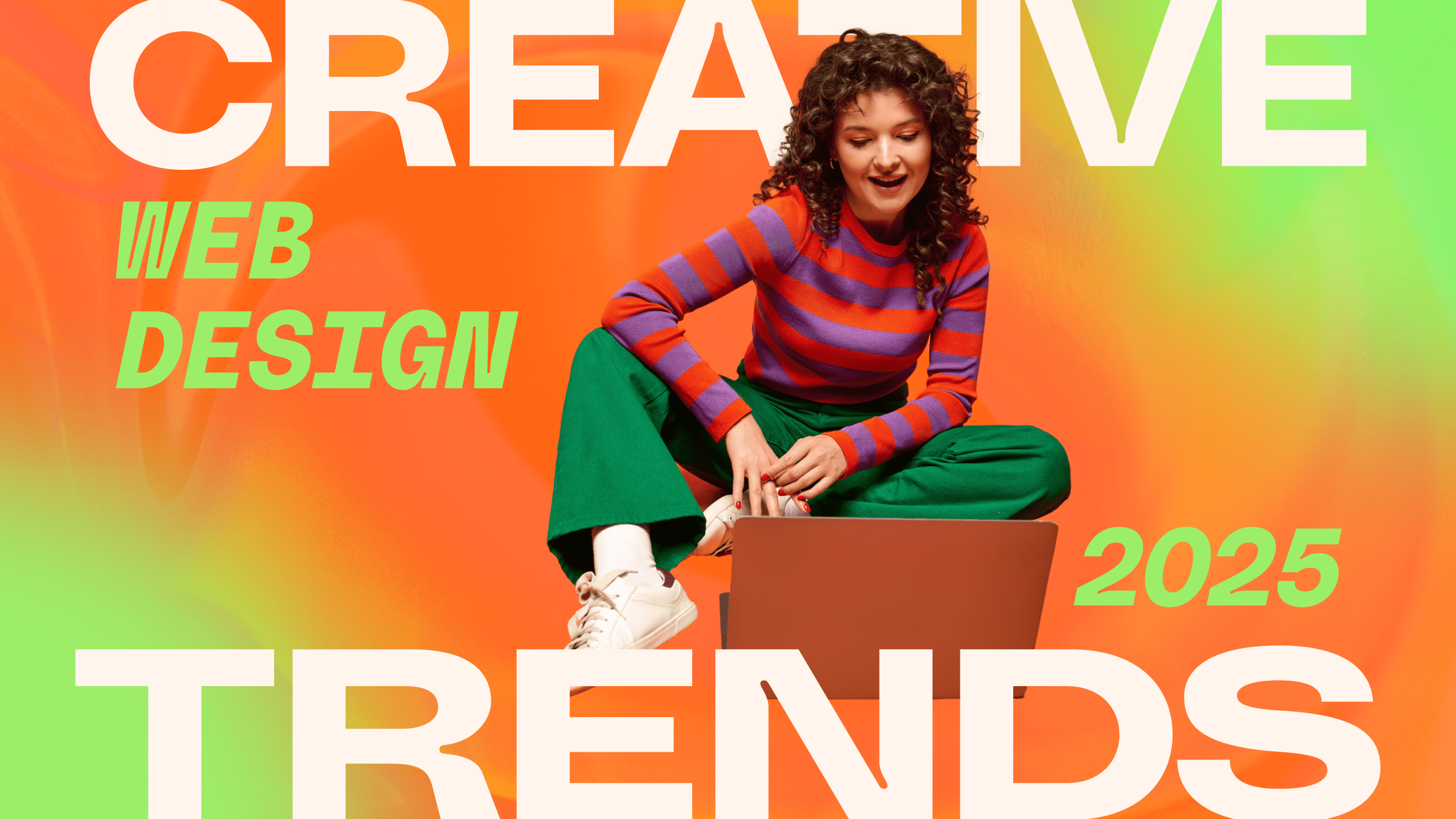The Importance of Mobile-Friendly Website Design
The Importance of Mobile-Friendly Website Design
Blog Article
The Ultimate Guide to Modern Website Design Trends
In the ever-evolving digital landscape, modern-day site design trends play a vital role in shaping individual experience and interaction. From the surge of minimalist layout principles that prioritize simpleness to the influence of vibrant typography in specifying brand identity, each aspect adds to a cohesive on-line visibility. The focus on mobile-first and receptive strategies, together with cutting-edge microinteractions, better boosts use. In addition, the expanding emphasis on lasting internet layout methods shows a commitment to ecological responsibility. These patterns jointly increase crucial concerns regarding the future of reliable web design and what it implies for consumers and businesses alike.
Minimalist Design Concepts
Minimal style principles stress the concept that much less is much more, advocating for simplicity and performance in aesthetic communication. This strategy remove unnecessary components, concentrating rather on crucial parts that share the desired message properly. By focusing on quality, minimalist style boosts individual experience, permitting visitors to navigate sites easily.
Core tenets of minimal design consist of the usage of sufficient white space, which develops a sense of balance and company. This unfavorable room not just routes the visitor's focus to key components however additionally promotes a calming visual atmosphere. Additionally, a minimal shade palette is frequently used, utilizing soft hues or single plans to maintain visual communication and prevent overwhelming the individual.
Typography plays a vital duty in minimalist design, where clear font styles are chosen for their simplicity and effectiveness in connecting content. Eventually, minimal style concepts grow a concentrated environment that encourages individuals to engage with the web content, boosting the overall performance of modern-day website style.
Vibrant Typography Selections
Embracing vibrant typography selections has ended up being a specifying feature of modern web site style, as it successfully records interest and shares solid messaging. Designers are increasingly making use of typography not simply as a practical element but as an essential aesthetic part that boosts the general aesthetic and customer experience.

In addition, the association of strong typography with minimalist design concepts enables striking contrasts, improving readability while maintaining aesthetic charm. The use of whitespace around bold text better stresses its importance, making certain that the message reverberates with the audience.
As electronic landscapes become much more competitive, leveraging bold typography allows brand names to differentiate themselves and leave a lasting impression. The mindful choice of font styles and their application can evoke emotions, establish tone, and drive activity, making strong typography a crucial device in modern site style. Ultimately, it is an effective way to improve storytelling and make sure that essential messages are not only seen however also felt.
Responsive and Mobile-first Style
Mobile-first and receptive layout has arised as a critical concept in modern-day internet site development, reflecting the enhancing reliance on mobile phones for accessing online material. As user behavior shifts towards mobile surfing, designers should focus on creating experiences that adapt effortlessly across different screen dimensions and resolutions.
A receptive layout guarantees that a have a peek here site instantly changes its layout, images, and capability based upon the tool being made use of. This approach improves customer experience by giving regular navigating and readability, irrespective of whether the visitor gets on a desktop computer, smart device, or tablet computer computer system. In addition, mobile-first design supporters for establishing web sites initially for smaller sized screens, ultimately scaling as much as bigger display screens. This approach encourages a more structured and efficient layout process, concentrating on vital web content and functionality see post first.
Carrying out mobile-first and receptive principles not just accommodates user choices however also aligns with search engine optimization (SEARCH ENGINE OPTIMIZATION) techniques. Significant internet search engine, like Google, prioritize mobile-friendly websites in their rankings, making it imperative for companies to adopt these layout methods. In a competitive digital landscape, embracing mobile-first and responsive layout is not simply a choice; it is vital for guaranteeing access and involvement with a diverse audience.
Engaging Microinteractions
Microinteractions play a pivotal role in improving individual involvement and total internet site experience, particularly in the context of responsive and mobile-first style. These refined style components give prompt feedback to customers, making interactions much more satisfying and instinctive. Examples consist of button computer animations, notice alerts, and filling indicators, which not only overview individuals yet also create a feeling of link with the user interface.
Including engaging microinteractions can substantially boost usability by decreasing cognitive load. When customers obtain aesthetic or acoustic responses upon doing actions, such as clicking a button or sending a form, they really feel much more positive in their selections. This fosters a smoother navigating experience, eventually increasing customer retention.

As internet site style patterns continue to develop, the importance of microinteractions can not be overstated. They function as the refined yet powerful touchpoints that transform average communications right into amazing experiences, thereby raising the total efficiency of modern internet style.
Sustainable Web Layout Practices
Sustainable website design methods are ending up being progressively crucial as the digital landscape expands and ecological concerns climb. Programmers and designers are recognizing their responsibility to create sites that not only serve user demands yet likewise minimize ecological effect. This method includes numerous crucial strategies.
Firstly, maximizing power consumption is extremely important. Web sites need to be designed to pack promptly and successfully, which reduces web server energy usage and boosts user experience. Methods such as image compression, decreasing HTTP requests, and using modern-day coding methods contribute dramatically to this goal.
Second of all, choosing green hosting carriers is vital - website design. Lots of organizing firms are currently powered by sustainable energy sources, allowing internet sites to operate in a much more sustainable way. This selection mirrors a dedication to reducing carbon footprints
Moreover, embracing a minimal style can improve sustainability. Fewer aspects on a page lead to much less data transfer, which not only hop over to these guys quickens packing times but also saves resources.
Lastly, promoting digital availability ensures that internet sites get to a wider audience without unneeded bloat, straightening individual experience with ecological obligation. By incorporating these sustainable techniques, web developers can add favorably to both customer involvement and the world's well-being.
Conclusion
In summary, modern site design trends highlight the integration of minimalist principles, strong typography, and receptive layout to boost individual experience. Embracing these trends is necessary for producing impactful digital experiences that resonate with customers in an increasingly competitive on-line landscape.
In the ever-evolving digital landscape, modern-day site style trends play a critical role in forming user experience and interaction. By focusing on clearness, minimalist style enhances user experience, enabling site visitors to browse websites effortlessly.
Ultimately, minimalist layout concepts cultivate a focused environment that encourages individuals to involve with the web content, improving the general efficiency of modern-day site design.Microinteractions play a critical role in boosting user interaction and general web site experience, particularly in the context of mobile-first and responsive style.In summary, modern site design fads stress the assimilation of minimalist principles, strong typography, and receptive style to boost user experience.
Report this page